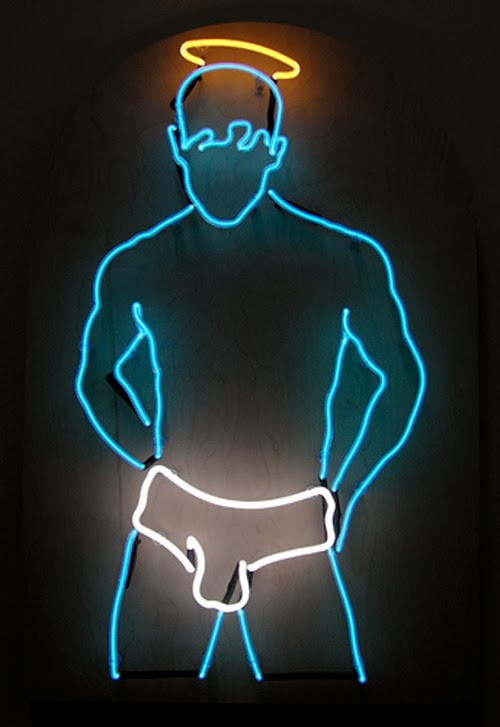sexta-feira, 30 de novembro de 2012
mother nature
Kaieteur Falls is a high-volume waterfall on the Potaro River in central Guyana, Potaro-Siparuni region. It is located in Kaieteur National Park.
quinta-feira, 29 de novembro de 2012
quarta-feira, 28 de novembro de 2012
terça-feira, 27 de novembro de 2012
mother nature
March 1936.
"Heavy black clouds of dust rising over the Texas Panhandle" — evidence of the forces that were driving thousands of farm families in Texas and Oklahoma to the West Coast in the great Dust Bowl migration chronicled by photographers including Arthur Rothstein and Dorothea Lange,
and in books like "The Grapes of Wrath."
35mm negative by Arthur Rothstein.
View full size.
"Heavy black clouds of dust rising over the Texas Panhandle" — evidence of the forces that were driving thousands of farm families in Texas and Oklahoma to the West Coast in the great Dust Bowl migration chronicled by photographers including Arthur Rothstein and Dorothea Lange,
and in books like "The Grapes of Wrath."
35mm negative by Arthur Rothstein.
View full size.
Futebol fora do armário
Eis que surge um teledisco para acompanhar Don't Deny Your Heart, um dos temas do alinhamento de In Our Heads, o mais recente álbum dos Hot Chip. A realização é de Peter Serafinowicz.
Tirado DAQUI.
segunda-feira, 26 de novembro de 2012
egyptomania
What is the Rosetta Stone?
The Rosetta Stone is a stone with writing on it in two languages (Egyptian and Greek), using three scripts (hieroglyphic, demotic and Greek).
Why is it in three different scripts?
The Rosetta Stone is written in three scripts because when it was written, there were three scripts being used in Egypt.
The first was hieroglyphic which was the script used for important or religious documents.
 |
| Detail of hieroglyphic and demotic script on the Rosetta Stone |
The second was demotic which was the common script of Egypt.
The third was Greek which was the language of the rulers of Egypt at that time.
The Rosetta Stone was written in all three scripts so that the priests, government officials and rulers of Egypt could read what it said.
When was the Rosetta Stone made?
The Rosetta Stone was carved in 196 B.C..
When was the Rosetta Stone found?
The Rosetta Stone was found in 1799.
Who found the Rosetta Stone?
The Rosetta Stone was found by French soldiers who were rebuilding a fort in Egypt.
Where was the Rosetta Stone found?
The Rosetta Stone was found in a small village in the Delta called Rosetta (Rashid).
Why is it called the Rosetta Stone?
It is called the Rosetta Stone because it was discovered in a town called Rosetta (Rashid).
What does the Rosetta Stone say?
The Rosetta Stone is a text written by a group of priests in Egypt to honour the Egyptian pharaoh. It lists all of the things that the pharaoh has done that are good for the priests and the people of Egypt.
Who deciphered hieroglyphs? Many people worked on deciphering hieroglyphs over several hundred years. However, the structure of the script was very difficult to work out.
After many years of studying the Rosetta Stone and other examples of ancient Egyptian writing, Jean-François Champollion deciphered hieroglyphs in 1822.
How did Champollion decipher hieroglyphs?
Champollion could read both Greek and coptic.
He was able to figure out what the seven demotic signs in coptic were. By looking at how these signs were used in coptic he was able to work out what they stood for. Then he began tracing these demotic signs back to hieroglyphic signs.
By working out what some hieroglyphs stood for, he could make educated guesses about what the other hieroglyphs stood for.
Já estivemos a olhar para ela no British Museum :)
sexta-feira, 23 de novembro de 2012
quinta-feira, 22 de novembro de 2012
Lendo as lombadas
quarta-feira, 21 de novembro de 2012
It’s Consuming Me
Um dos sucessos do recente LGBT Fim Festival de Indianapolis e umas das melhores curtas que vi ultimamente.
Subscrever:
Mensagens (Atom)



















.jpg)





.jpg)































